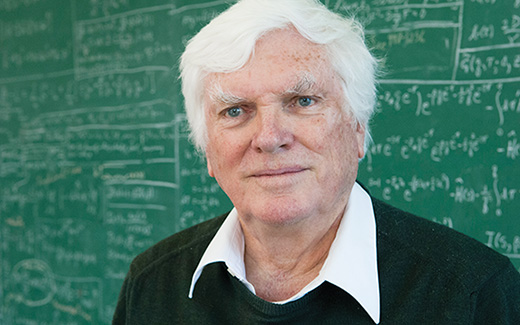Document Type
Article
Publication Date
2000
Keywords
common structure, frequency response, stability, interacting subpopulations, orientation hypercolumn
Abstract
The use of a population dynamics approach promises efficient simulation of large assemblages of neurons. Depending on the issues addressed and the degree of realism incorporated in the simulated neurons, a wide range of different population dynamics formulations can be appropriate. Here we present a common mathematical structure that these various formulations share and that implies dynamical behaviors that they have in common. This underlying structure serves as a guide toward efficient means of simulation. As an example, we derive the general population firing-rate frequency-response and show how it may be used effectively to address a broad range of interacting-population response and stability problems. A few specific cases will be worked out. A summary of this work appears at the end, before the appendix.
Publisher
MIT Press
RU Laboratory
Knight Laboratory
Permanent URL
http://hdl.handle.net/10209/539
Recommended Citation
Knight, B.W. (2000) Dynamics of Encoding in Neuron Populations: Some General Mathematical Features. Neural Comput. 12(3), 473-518.


Comments
Posted with permission: Copyright (2000) Massachusetts Institute of Technology. http://www.mitpressjournals.org/loi/neco